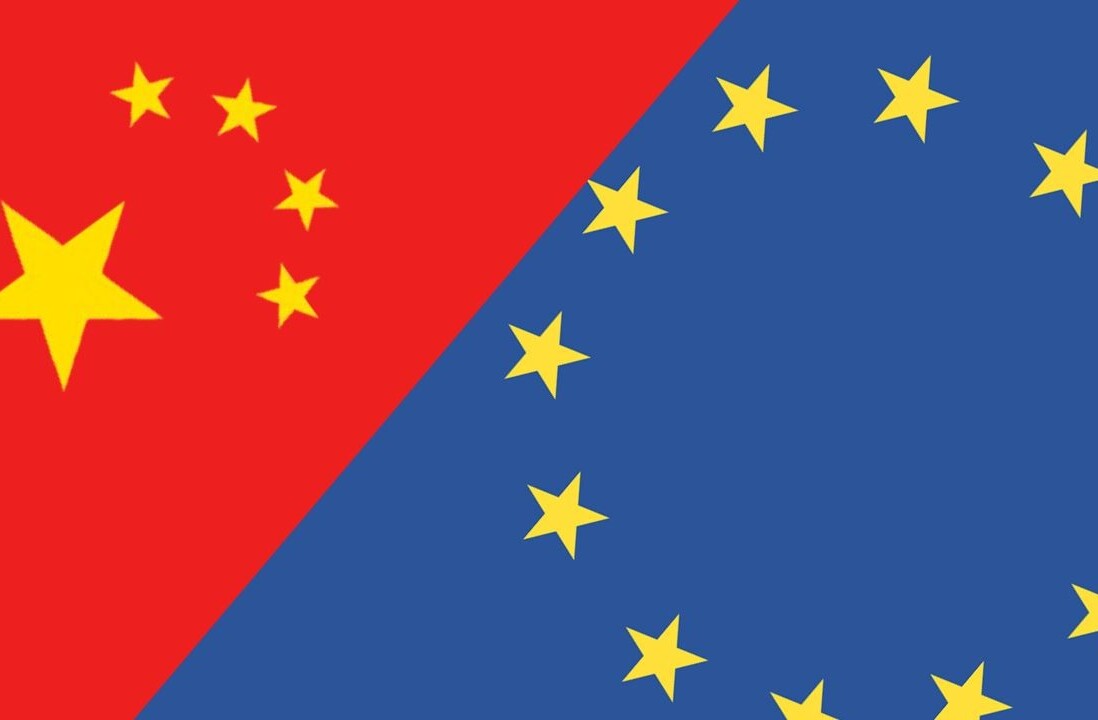As governments increase demands for labels on AI-generated content, Google DeepMind has released a potential solution: a watermarking tool.
Named SynthID, the system harnesses deep learning to embed digital stamps into the pixels of images. According to DeepMind, the watermarks are imperceptible to the human eye, but detectable with an algorithm.
The UK-based research lab said the watermark doesn’t compromise image quality. It also remains detectable after modifications, such as adding filters, changing colours, and cropping.
The concept resembles watermarks applied to movies and stock photos. But in this case, the objective isn’t to protect rights holders from counterfeits, but viewers from deception.
“While SynthID isn’t a silver bullet for misinformation, it’s a promising technical solution to some of today’s pressing AI safety issues,” Demis Hassabis, Google DeepMind’s co-founder and CEO, said on X.
SynthID arrives amid growing concerns about generative AI. Around the world, governments have raised alarm about manipulated images undermining elections, distorting reality, and misleading the public.
The risks were recently exposed in a Ron DeSantis presidential campaign video. At first glance, the footage appeared to show genuine photos of Donald Trump hugging and kissing Anthony Fauci, who led the White House’s COVID-19 pandemic response. But forensic experts believe the images are deepfakes.
China has already imposed strict rules on such tech. In January, the country made it mandatory to label content produced with artificial intelligence. Similar rules are also being implemented in the EU.
“We need to label anything that is AI-generated by tagging them with watermarks,” Commissioner Thierry Breton said in June.
The US is also pushing companies to identify content made with AI. After a White House meeting last month, Google and six other tech giants pledged to develop watermarking systems.
SynthID is a step towards fulfilling the commitments — but the system remains experimental. Initially, the tool will only be available to some paying customers of Google’s cloud computing business. It also only works on content produced with the Imagen art generator.
That may change in the future. According to Google, SynthID could be expanded across additional AI models. The company said it also plans to integrate the tool with other products.
Governments and regulators will be closely following the progress. With elections approaching in the US, India, and the UK, the threat posed by AI is drawing nears.
Get the TNW newsletter
Get the most important tech news in your inbox each week.






